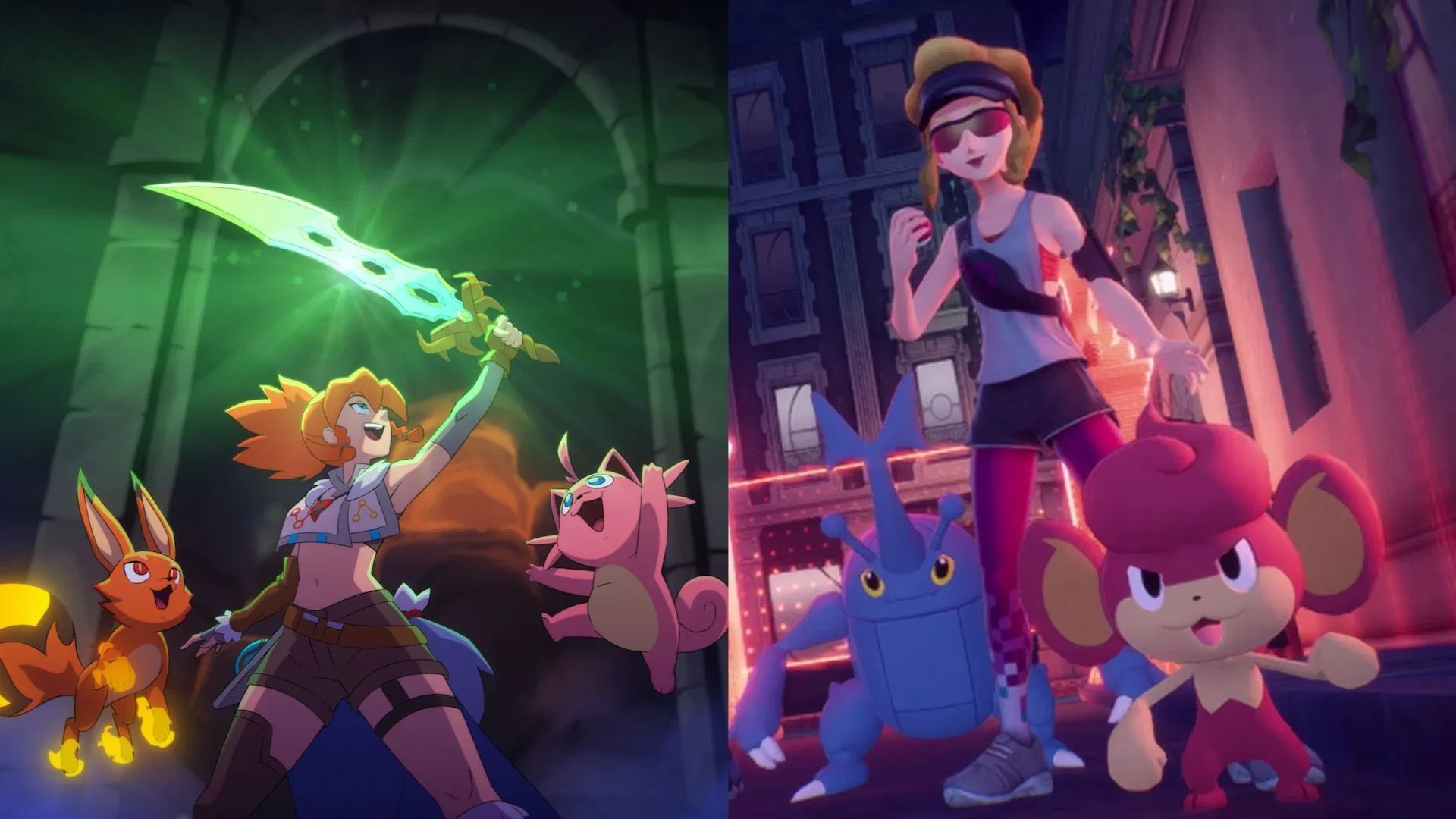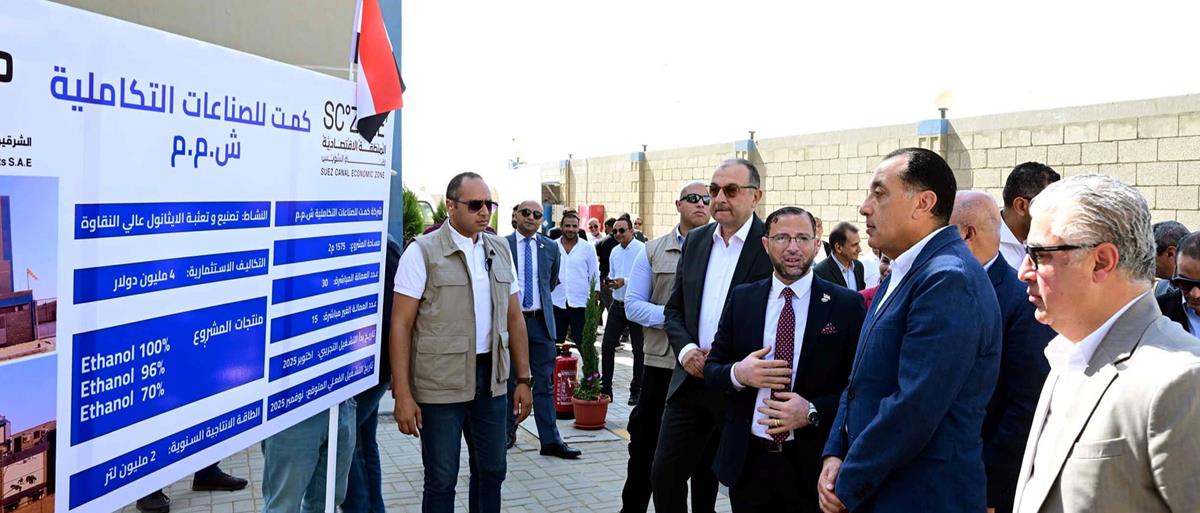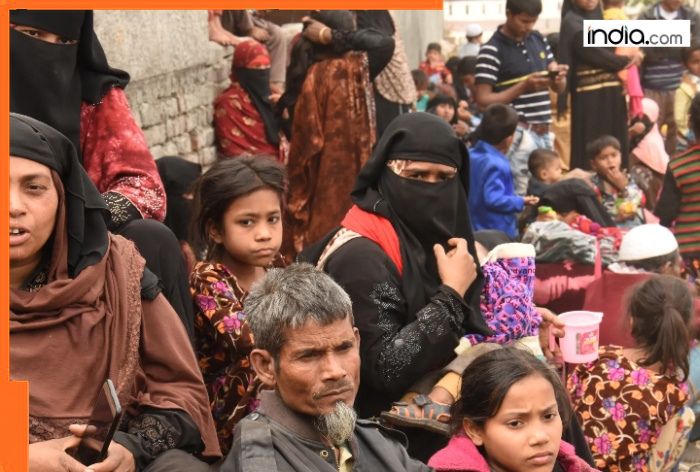Copyright sportskeeda

Nintendo’s Pokémon summoning and fight patent against Palworld is getting reexamined by the United States Patent and Trademark Office. The order comes from the director of the USPTO, following heavy criticism from the public, as several IP Lawyers questioned the process of granting patent number 12,403,397 to the company.If you’re out of the loop, Nintendo’s legal battle against Pocketpair is still ongoing. Patent 397 gives them an advantage as it highlights the entire Pokémon summoning and fighting mechanics. However, Palworld isn’t the only game inspired by the described mechanics.Nintendo’s big guns against Palworld to be reexamined by the USPTOPalworld may finally get the upper hand (Image via Pocketpair)Gamefray's Florian Mueller reported that the USPTO director, John Squires, had directly ordered a reexamination. Squires, in his statement, mentioned prior art references (comparable to the patent) filed by Konami in 2002 and by Nintendo itself in 2020.The patent was granted to Nintendo back in September 2025. At the time, videogame patent lawyer Kirk Sigmon stated that it shouldn’t have passed. Speaking to PC Gamer, he said it’s an ‘embarrassing failure of the US patent system’ to grant the company a questionable patent with no objection.Here’s the prior art comparison in the reexamination order:Patent 397 Konami 2002 (Yabe)Nintendo 2020 (Taura)The '397 patent issued with claims drawn to controlling the movement of a player character in a field of a virtual space, causing a sub character to appear in the field, controlling a battle in a manual mode when an enemy character is present in the location the sub character has appeared, and when an enemy character is not present in the location the sub character has appeared, automatically moving the sub character, and controlling a battle in an automatic mode when an enemy character is placed at a designated location. Yabe provides new, non-cumulative teachings to video games that include a player character and a sub character. The player may control a main (or player) character in the virtual environment using a controller. A sub character may attack in either an automatic or a manual mode and prefers to attack the closest enemy unless manually overridden. The sub character approaches the main character when the sub character is not located within a predetermined distance to the main character. Yabe further teaches player control and commands associated with the sub character. These teachings affect claims 1, 13, 25, and 26 of the '397 patent. Taura provides new, non-cumulative teachings to video games that include a player character and a sub character. The player may summon a sub character that may battle in either an automatic or a manual mode. When there is no enemy character in the sub character's location, the sub character automatically follows the main character and attacks enemies that appear. These teachings affect claims 1, 13, 25, and 26 of the '397 patent. How does Nintendo’s patent reexamination order affect the Palworld lawsuit?Nintendo may face a major setback (Image via Pocketpair || Nintendo)It’s important to note that a reexamination does not necessarily mean revocation and may not result in anything. However, the last time a director issued an order like this was over a decade ago. While it may be speculation, it is ‘highly likely’ that the USPTO may revoke the ‘397 patent.The announcement is certainly a huge setback for Nintendo, and the company has two months to respond to the order. Recently, the Japan Patent Office also rejected the company’s patent regarding capturing monsters, citing a lack of originality.As for the lawsuit, Mueller suggests that there won’t be any developments this calendar year. With the current situation, Palword is likely to come out on top following the verdict.



